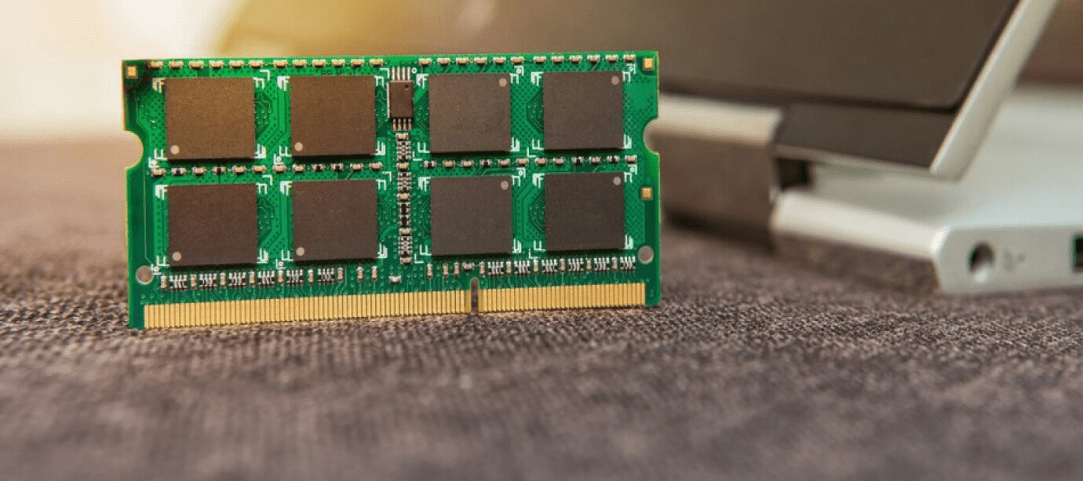C
omponent engineering and obsolescence management are critical aspects of product development, especially in the electronics industry where technology evolves rapidly. This process involves handling various components like printed circuit boards (PCBs), schematics, and Bill of Materials (BoM). Managing obsolescence is crucial to ensure product longevity and availability. In this context, ACUFORE plays a pivotal role by providing services such as BoM extraction, MFR/MPN validation, and suggesting alternatives for obsolete parts. This framework ensures compliance with regulations like RoHS and REACH.
_____________________
Challenges
Diverse Inputs: Handling various formats of customer inputs (PDFs, OrCAD, Altium, hand-drawn sketches) can pose challenges in data extraction and validation.
Dynamic Lifecycle: Components have varying lifecycles, making it challenging to monitor their status accurately. Identifying obsolete, not recommended for new designs (NRND), or end-of-life (EOL) parts requires continuous tracking.
Regulatory Compliance: Ensuring compliance with regulations such as RoHS and REACH adds complexity. Components may become obsolete due to regulatory changes, necessitating constant monitoring and updates.
Data Accuracy: Extracting and validating information from diverse sources demands high precision to avoid errors in the Bill of Materials.
Regulatory Compliance: Ensuring compliance with regulations such as RoHS and REACH adds complexity. Components may become obsolete due to regulatory changes, necessitating constant monitoring and updates.
Data Accuracy: Extracting and validating information from diverse sources demands high precision to avoid errors in the Bill of Materials.

_____________________
Approach
Package – 1: BoM Extraction and Obsolescence Reporting
BoM Extraction: Utilize various formats like Excel, PDF, etc., for extracting and organizing components.
Validation: Verify Manufacturer (MFR) and Manufacturer Part Number (MPN) details, ensuring accuracy in the Bill of Materials.
Lifecycle Analysis: Assess the lifecycle status of each component, including RoHS and REACH compliance.
Obsolescence Reporting: Develop a comprehensive report highlighting components that are obsolete, NRND, or EOL. Suggest alternative components to mitigate obsolescence risks.
Package – 2: Full Material Declaration
Material Declaration: Provide a complete material declaration, ensuring transparency in the supply chain.
Documentation: Compile all related documents, including datasheets, RoHS, REACH Certificates of Compliance (CoC), and Full Material Declarations (FMD).
Compliance Assurance: Verify that all components adhere to regulatory requirements, facilitating a smooth and compliant production process.
BoM Extraction: Utilize various formats like Excel, PDF, etc., for extracting and organizing components.
Validation: Verify Manufacturer (MFR) and Manufacturer Part Number (MPN) details, ensuring accuracy in the Bill of Materials.
Lifecycle Analysis: Assess the lifecycle status of each component, including RoHS and REACH compliance.
Obsolescence Reporting: Develop a comprehensive report highlighting components that are obsolete, NRND, or EOL. Suggest alternative components to mitigate obsolescence risks.
Package – 2: Full Material Declaration
Material Declaration: Provide a complete material declaration, ensuring transparency in the supply chain.
Documentation: Compile all related documents, including datasheets, RoHS, REACH Certificates of Compliance (CoC), and Full Material Declarations (FMD).
Compliance Assurance: Verify that all components adhere to regulatory requirements, facilitating a smooth and compliant production process.
_____________________
Conclusion
In conclusion, effective component engineering and obsolescence management are critical for sustaining product development. ACUFORE's approach, encompassing BoM extraction, validation, and comprehensive reporting, along with full material declaration, addresses the challenges posed by diverse inputs, dynamic lifecycles, and regulatory compliance. This proactive strategy ensures that products remain compliant, avoid obsolescence issues, and continue to meet customer demands in a rapidly evolving technological landscape.
_____________________

